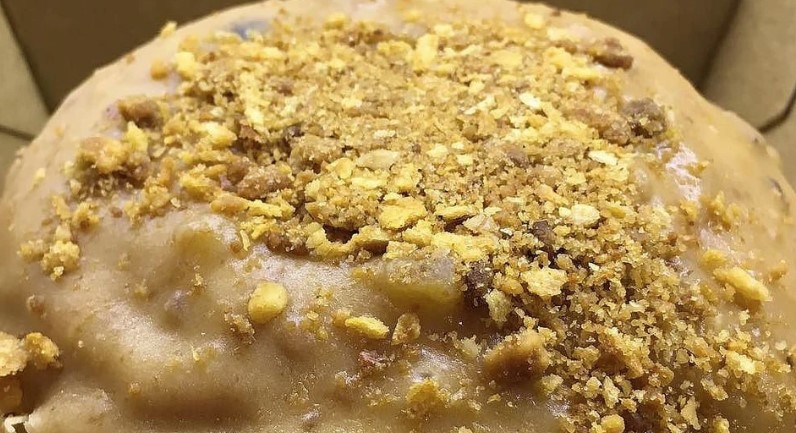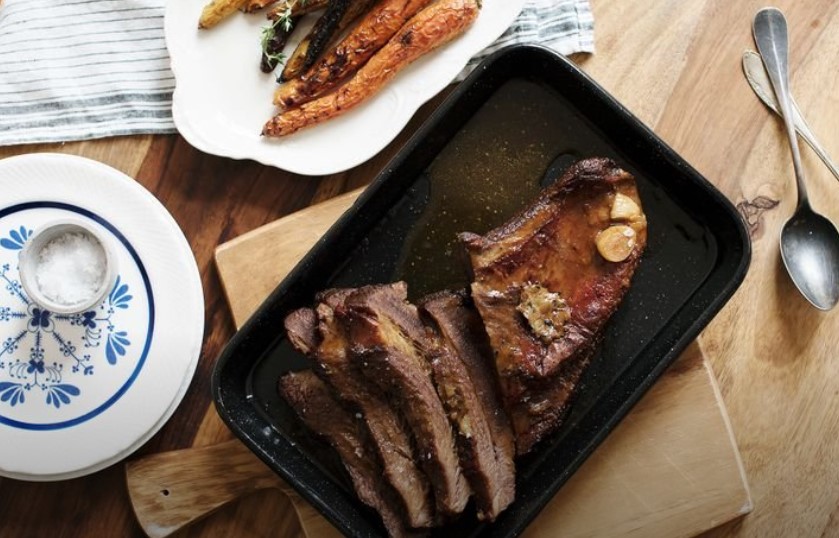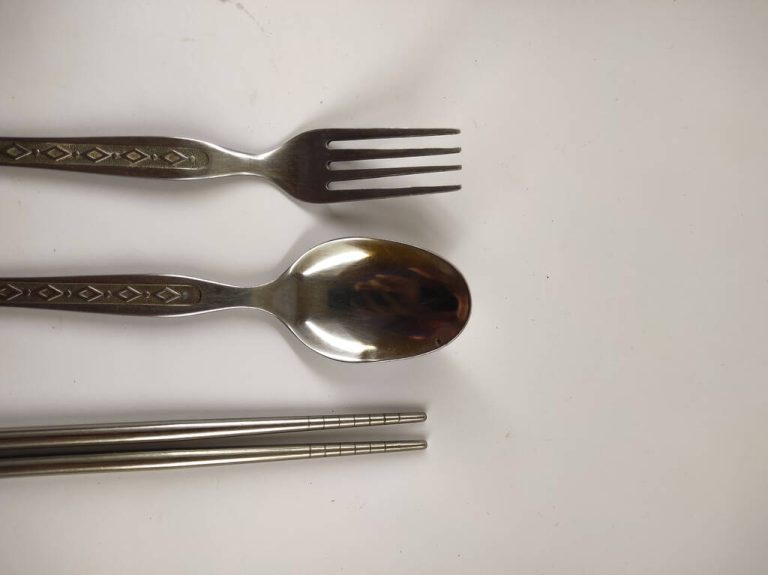What is Golden Gaytime Ice Cream?
Golden Gaytime is an iconic Australian ice cream treat that has been beloved by Australians since its introduction in the 1950s. This ice cream treat is made up of layers of creamy vanilla and toffee ice cream, covered in a crispy layer of chocolate and biscuit crumbs. The combination of flavors and textures makes it a unique and delicious treat that is enjoyed by people of all ages.
The popularity of Golden Gaytime ice cream has led to many variations over the years, including the introduction of other flavors such as honeycomb and chocolate, but the classic vanilla and toffee combination remains the most popular.
How to Make Golden Gaytime Ice Cream at Home
Making your own Golden Gaytime ice cream at home is easier than you might think. Here’s what you’ll need:
- 2 liters of vanilla ice cream
- 1 cup of toffee bits
- 400g of dark chocolate
- 2 cups of biscuit crumbs
To make the ice cream, soften the vanilla ice cream and add in the toffee bits. Mix well and pour into a 9×13-inch baking dish, smoothing the top. Freeze until firm.
To make the chocolate coating, melt the dark chocolate in a saucepan over low heat. Once melted, stir in the biscuit crumbs until well combined.
Remove the ice cream from the freezer and cut into squares. Dip each square into the chocolate mixture until completely coated, then place back in the baking dish. Freeze until the chocolate coating is firm.
Tips for Perfecting Your Golden Gaytime Ice Cream
To make sure your Golden Gaytime ice cream is perfect, there are a few tips to keep in mind. First, make sure your ice cream is softened before adding any mix-ins to ensure they are evenly distributed. Second, when making the chocolate coating, make sure to mix the biscuit crumbs in well to avoid any clumps. Finally, when dipping the ice cream squares in the chocolate mixture, work quickly to avoid melting the ice cream.
By following these tips, you’ll be able to recreate the delicious and iconic Golden Gaytime ice cream at home. Enjoy!























